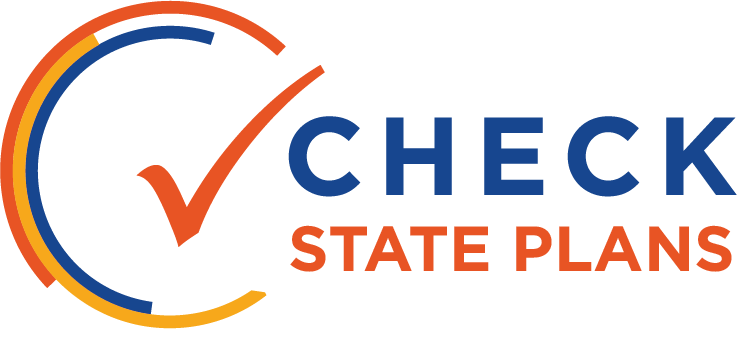
INDICATORS

Rhode Island proposes to use a robust set of ten indicators to classify schools, although only seven are fully ready to use.
These include: an Academic Proficiency index, a Student Growth index, Exceeds Expectations, Composite High School Graduation Rate, English Language Proficiency Progress index, Chronic Absenteeism, and Student Suspension indicators. Most of these indicators are actionable, research-based (and where there is insufficient research, the state promises to provide data demonstrating how each measure differentiates schools in the future), and based on multiple years of data, if possible, to increase stability.
But this number of measures may make the system as a whole too complicated, and it is unclear exactly how points are achieved on each indicator and the weighting of the indicators in the overall school rating. Further, some of the indicators include very similar measures that may not be sufficiently discrete to add extra information to the system. For example, in high schools, Rhode Island will include a Graduate Proficiency indicator and the Academic Proficiency index, both of which provide information on achievement in English language arts and math. It is also using its Proficiency index, with partial credit awarded to students not reaching the proficient level, and a separate Exceeds Expectations indicator that measures the percentage of students scoring at advanced levels. While this is a novel approach to focus attention on students at all levels of performance, it is not clear how the additional indicator aids in meaningful differentiation of schools. And as currently drafted, Rhode Island combines the four-, five-, and six-year rate, which could dilute the value of on-time completion.
Rhode Island made an effort to adopt innovative indicators and achieve a more holistic view of school quality, even though the trade-off is a high number of measures.
The state is building incentives for schools to emphasize subjects beyond English Language Arts (ELA) and math. For example, it will update its system in 2021 to include science proficiency. The state will also measure chronic absenteeism of both students and teachers—a noteworthy addition to the measur —and the rate of out-of-school suspensions.
For high schools, the Post-Secondary Success indicator (once implemented) is laudable as it will incentivize the completion of college- and career-ready pathways by providing points for earning an industry-approved credential, college credits through dual enrollment, or successfully completing Advanced Placement. The indicator will also be aligned with the state’s diploma options.
 OVERVIEW
OVERVIEW





